|
Life can be quite unpredictable at times. One day I'm in the workshop, next day working in the mud in the woodland. That's not unpredictable for me. Less predictable is that on Monday 21st October at 7.30pm I will be on BBC1 Inside Out (West Midlands) programme, which is exploring the relevance and sustainability of heritage crafts.
The filming took place in our wood during coppicing early this year, and late summer at a public event - hopefully representing the continuing cycle of sourcing the wood, making and then showing our wares. Once filming is done, what is portrayed is in the hands of the film crew and programme editors. I'll be watching on Monday with a little trepidation. So why do it? It's flattering to be approached of course; for someone to feel your story is of sufficient interest. The filming process itself was really interesting and we will hopefully see shots of our woodland from the sky. I also believe that stories are a great way to get a message across. I hope the programme reflects my values.
1 Comment
This week we have been awarded our Grown in Britain License for any of the products from our woodland, This includes everything from the firewood all the way through to Windsor Chairs. We are really proud of this as the process verifies we are managing the woodland appropriately and the use of the GiB Logo will demonstrate this to the public. It involved a significant amount of paperwork and as always I am in awe of Julie doing such a cracking job! Things have been really busy of late with shows every weekend and then five days in the woodland just chilling, making charcoal and recharging our batteries. Things start up again now for a frantic couple of months, with lovely shows to attend including some new ones but also so familiar established events so we should be catching up with some old friends. Making never seems to stop, I am quite excited at getting back into the workshop again after a few days off, I never seem to have enough of the right stock made and sometimes I am chasing my tail trying to get orders fulfilled but I wouldn't change it for anything Every year the members of the green woodworking fraternity have a knees up in a field somewhere around the country. This year it was the turn of a field just outside Cambridge.
Every year is slightly different but involves people showing what they can do, competitions in various categories from chairs to bowls, spoons to field craft. Its all very light hearted with the emphasis on enjoyment, sharing skills and a fair amount of alcohol . The weather this year was not the best it was cold with a fair amount of rain until Saturday evening, a frost on Saturday night then glorious sunshine on Sunday. Camping on Saturday evening was a bit of a trial with frost being on the tents in the morning. Its a good job we took our wood burning stove to keep us warm. There are a few interesting races , the group and individual Log to Leg race where you take an ash log and turn two matching Windsor chair legs as quickly as possible. Our team came 5th in the Team race and I came 5th in the individual race, Plenty of room for improvement even though I took two minutes off my personal best! A new event for this year is the Log to Bowl race. I did not take part in this but the photo below shows my friend Johnathan Dowe going at it. It really was a great event, I have come home full of inspiration and zing. The next Ball will be next May in a field somewhere in Wales. I am looking forward to it already Julie is doing the B-Log this week. Be kind to her. I'm quite fascinated by the Tree Zodiac as an alternative to the astrological zodiac. It's intriguing why Celtic people chose certain months for certain trees. Alder 'The Trailblazer' is the tree for March 18-April 14. We have lots and lots of alder in the area we have coppiced this winter, so I thought we could explore some facts and folklore for our native Alnus glutinosa. Alder loves wet areas and riverbanks and is one of our most common trees in England. It has a special relationship with one bacteria species (Bacterium franks). The bacteria fixes nitrogen from the air into nitrogen in the tree's root nodules which feed the tree and fertilise the soil, and in exchange the bacteria get sugars from the tree's photosynthesis. Alder trees have male and female flowers on the same tree, which you see February to April (perhaps why this month is alder's month??) These flowers are a valuable early source of nectar and pollen for insects and seeds in the small pretty cones are loved by birds. When alder is cut there is a remarkable change in colour of the wood in the minutes afterwards as the wood turns dark orange before your very eyes. Celts used 'bleeding' alder to make shields, which would protect warriors from injury (and bleeding presumably), potentially encouraging folklore of alder being protective, inspiring followership and confidence. Alder charcoal was also a key ingredient for gunpowder, a later connection with war.
Alder's 'trailblazer' and pathfinder titles may be associated with alder's ability to last when submerged in water, despite being one of our softer hardwoods. We make crayons with it and you can sharpen them with a kitchen knife, but surprisingly archaeologists have found ancient submerged pathways and foundations for crannogs made of alder. Alder charcoal also fuelled iron smelting in the 'trailblazing' industrial revolution, until demand exceeded supply and it was eventually replaced by coke. Alder from our ancient woodland may well have been used at this time in the nearby (long gone) furnaces near Ironbridge. We will be carrying on this tradition of charcoal making when we use our new charcoal ring kiln next month - we'll keep you posted. One area we aren't planning on developing is clog making. Alder is great for clog soles - it's light and tolerates the wet. Even so, we will stick with our waterproof boots and wellies in this year's coppice - it's wet and boggy - just how alder likes it! 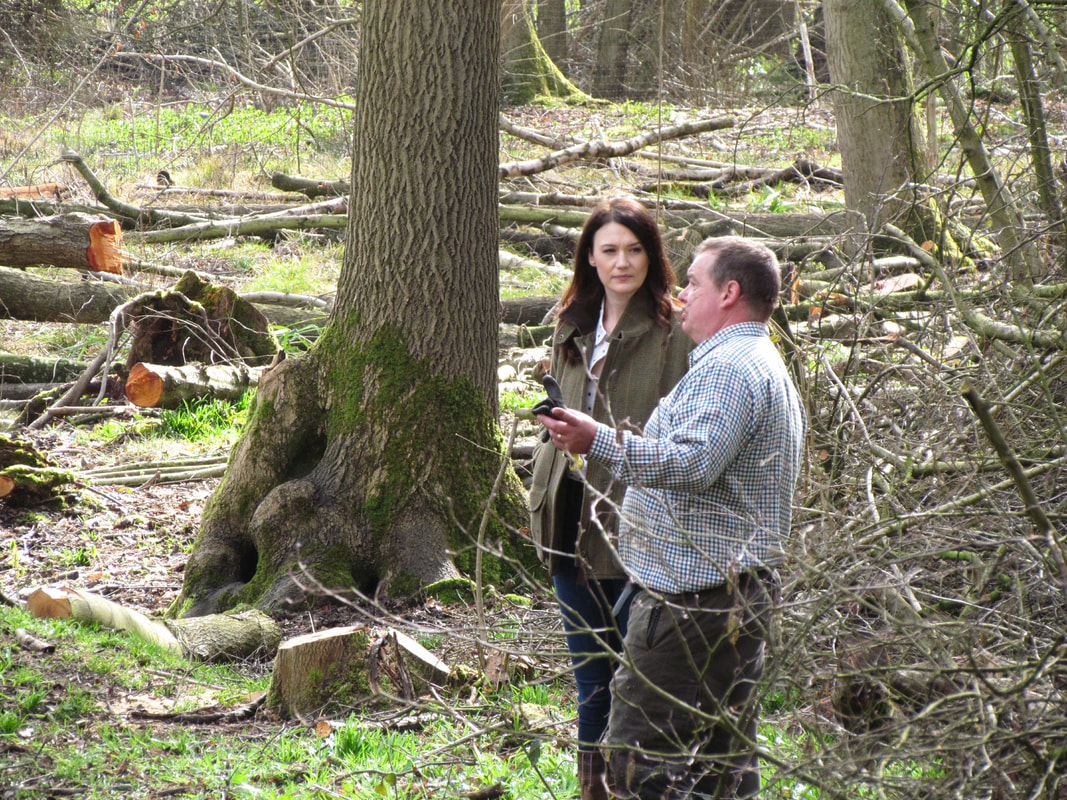 Last year at Stafford Makers Market I got talking to a guy called Dave. We talked about the wood, our way of life and all things sustainable. I happened to mention we use horse loggers to extract our wood every year which he found fascinating. As it turned out Dave is the producer of BBC Inside Out for the West Midlands. He took a business card and I never really thought too much of it.
To cut a long story short the BBC came to our wood yesterday to film Barbara the horse logger (with Tyler and Molly her Welsh Cobs and Mabel the whippet cross) and yours truly. The sun shone, we spent a few hours filming, talking woods and horses, followed by a great lunch of bacon sarnies cooked over the fire. Throughout the filming Barbara continued extracting the wood we have coppiced, helped by my mate Chris. The filming was a strange experience, with wires in my clothes. multiple takes from all sorts of angles and a lot of starting of the chainsaw for the camera man. A real eye opener. Although initially terrifying we hope this will be a perfect way to share our story and get people thinking about the value of our woodlands and traditional crafts. Another day of filming is to come in the summer which will focus on the heritage craft of green woodworking then it's over to the editors and Dave to condense hours of filming into 10 minutes of interesting TV ready for September. If you would have told me just over 5 yrs ago I would be doing this I would have thought you were bonkers. Perhaps I am the one who will appear bonkers Following a previous B-Log I was asked what I meant by 'dead standing trees', so I though I'd explain via the B-Log. Increasing the biodiversity of the woodland is something which is always uppermost in our thoughts, especially as we carry out our work at this time of year. One way of supporting a varied habitat is to leave both dead standing trees and plenty of dead wood lying on the woodland floor. This encourages and living in a whole raft of insects, birds and also fungi living off this dead wood habitat. Leaving trees which have died to fall down naturally is perhaps the best of all ways to do this. As our woodland is private and, with the exception of the farmers' fences on the edges, there is little damage these trees can do, we allow this process to take its course. In the one area of our woodland we have some standing dead birch trees such as the one below, which are decaying standing up, which is great birds such as woodpeckers and treecreepers. This silver birch is well on its way but should still take a few years to rot completely, unless strong winds such as Storm Gareth or heavy snow take its toll.
So, dead wood adds character, diversity and valuable habitat to the woodland. Perhaps next time you're out walking and think a woodland looks untidy you'll think again and remember - it's a gourmet meal or penthouse suite for some wildlife!
.Welcome to our new website and my weekly blog. Julie has worked really hard on the website and I hope you all like it and through this blog I can pass on the shear enjoyment of what we do. We have come a long way in just a few years since I left my previous employment, the website is just another natural progression but its safe to say I could not of done anything like it. To be honest it sums us up, we both have certain skills and these seem to compliment each other. At the start I would also like to thank all of those who have encouraged us to do the website, your support really is appreciated. In the coming weeks and months I will share with you the work we do in the woodland. making of our products and some of the adventures we get involved with. Life for us is never dull. It can be tremendously hard work but the health and sustainability of the wood is worth working hard for. Its only short blog to start with just so I can get the hang of it. We would appreciate any feedback on what we do. We look forward to sharing our journey with you. |
mIKE TAYLORGreen woodworker & woodland craftsman. Archives
March 2022
Categories |
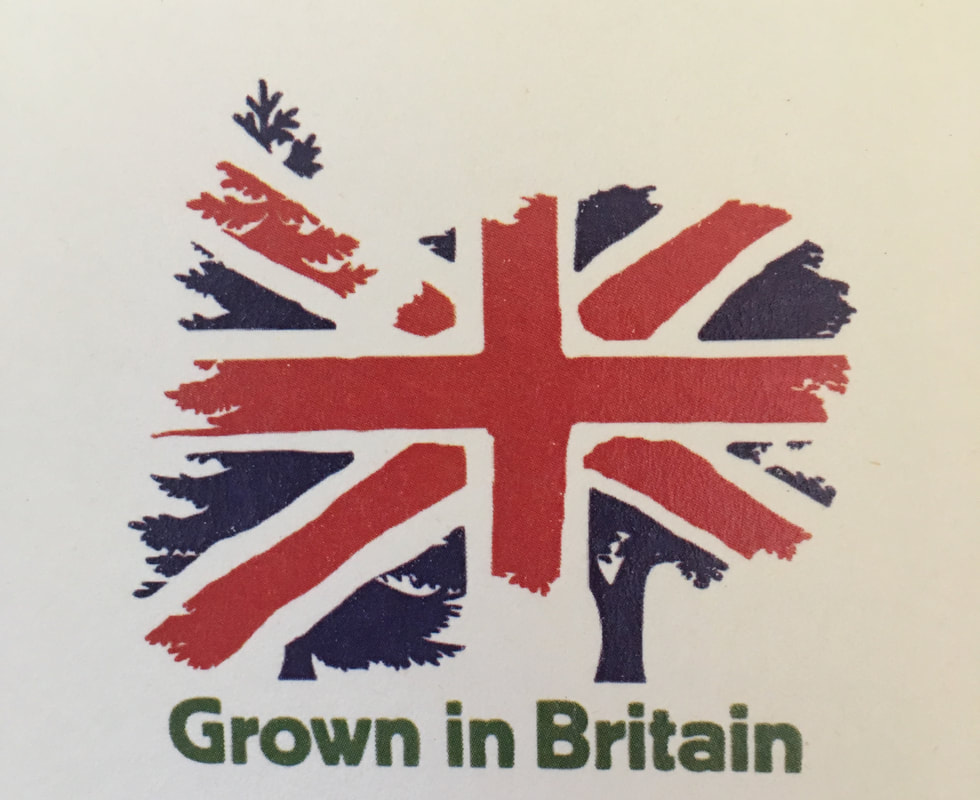
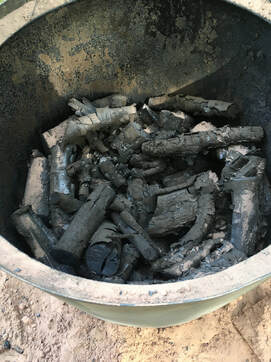
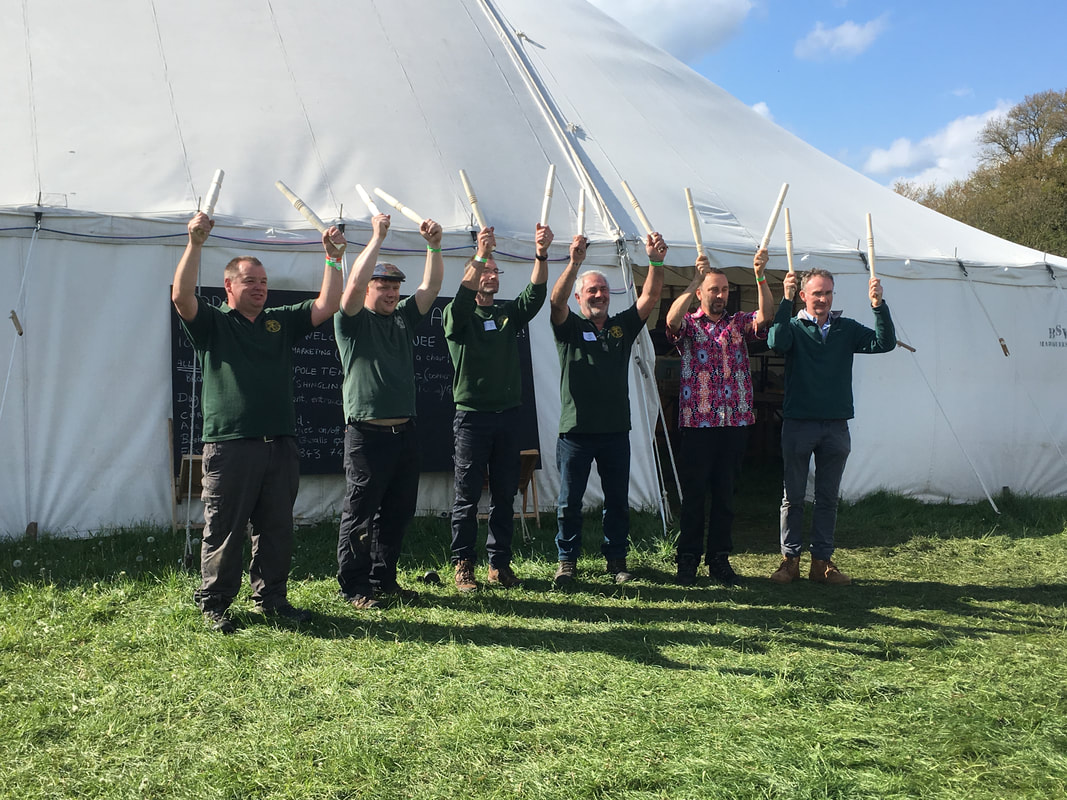
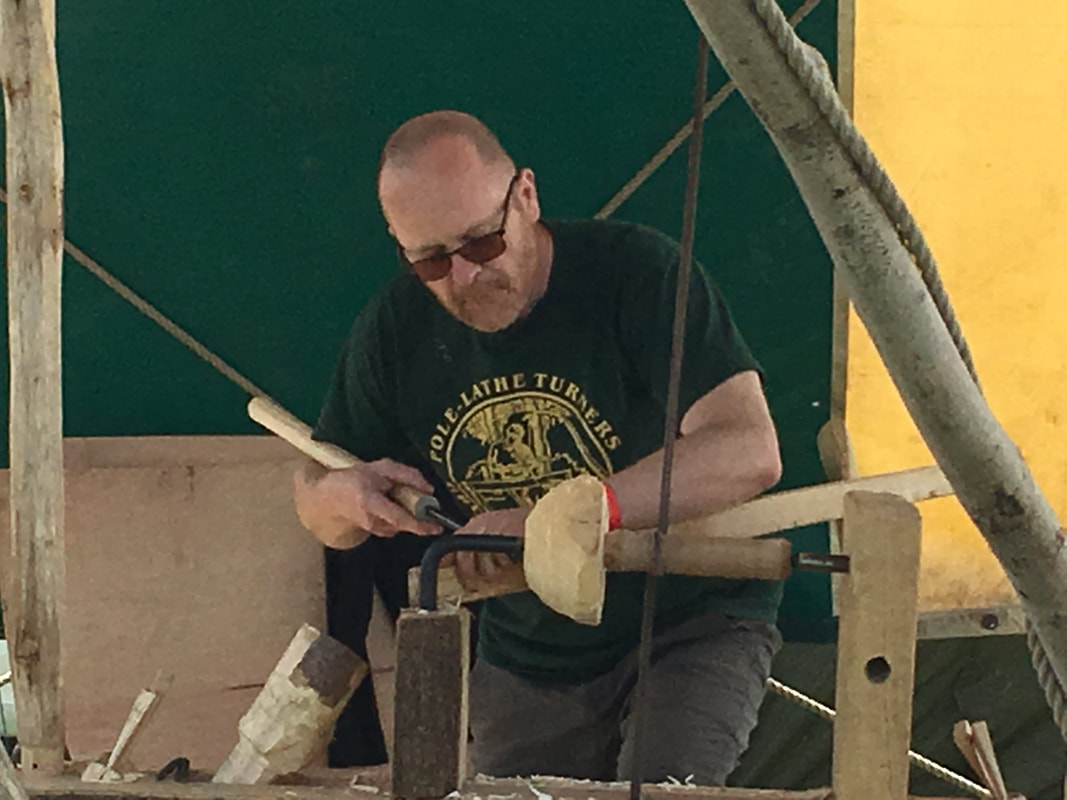
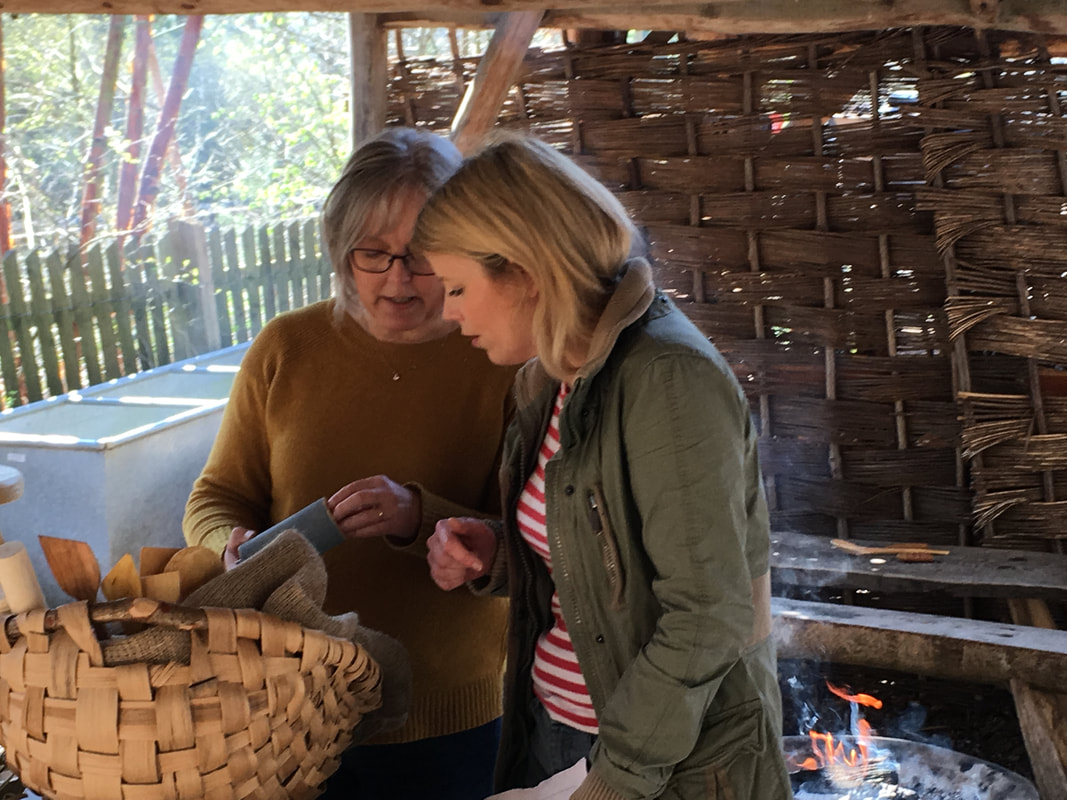
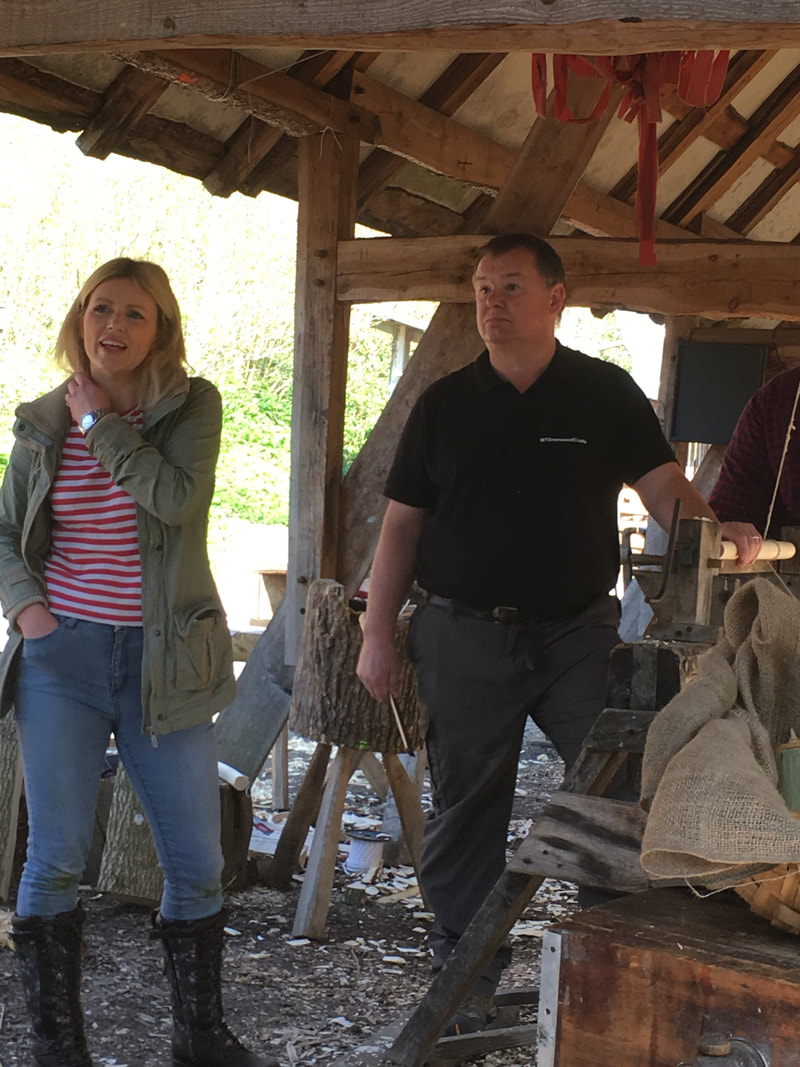
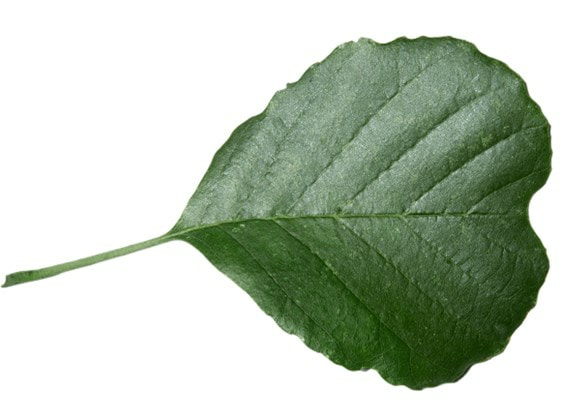
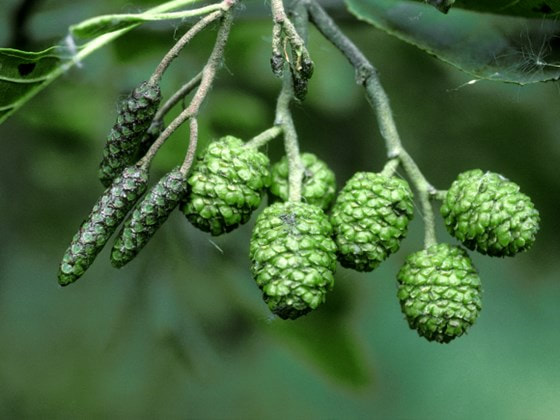
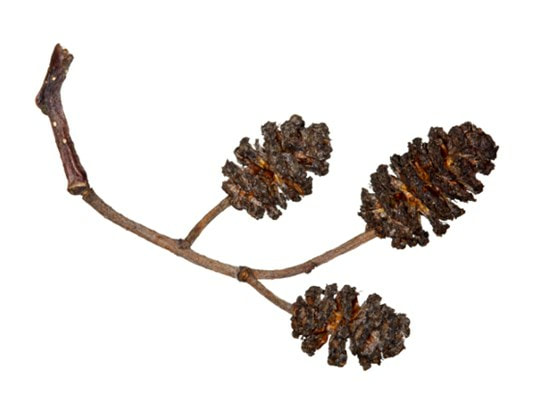
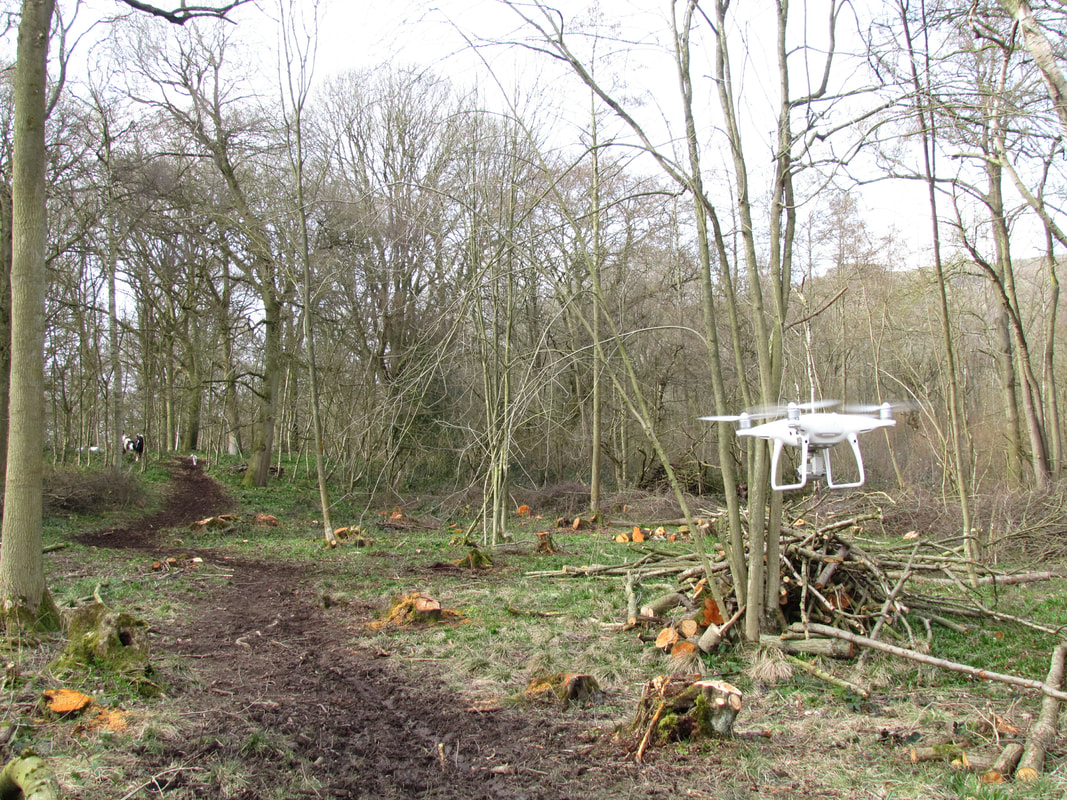
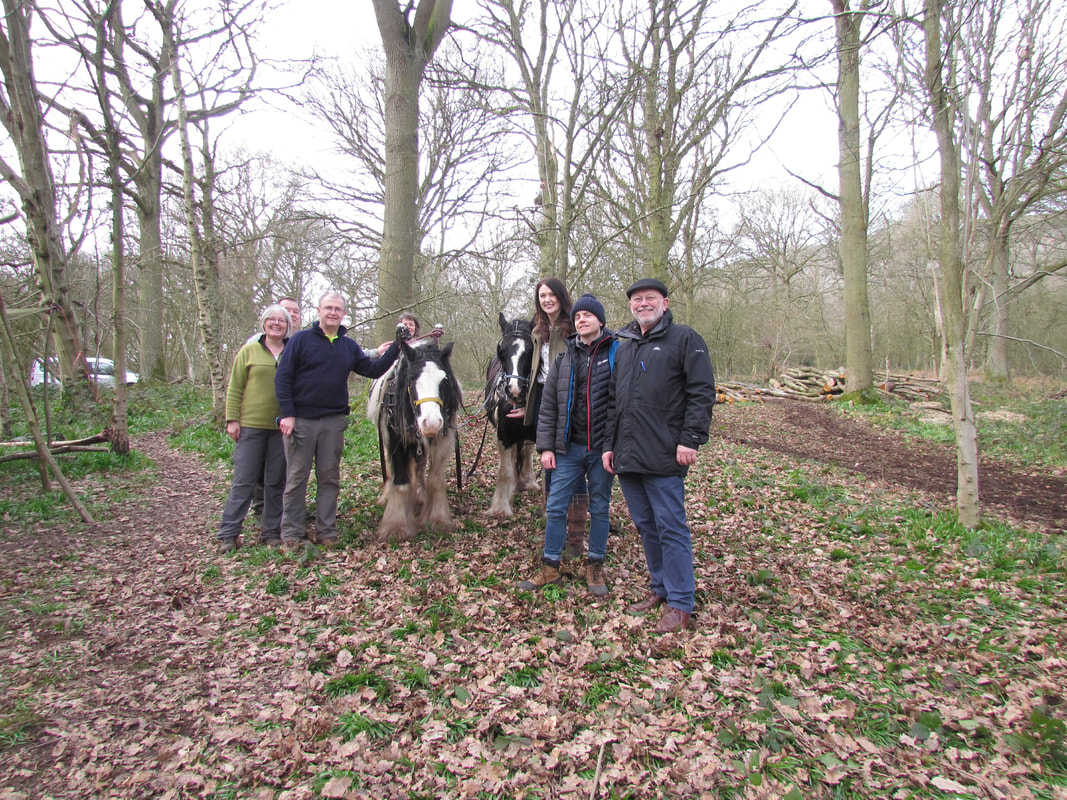
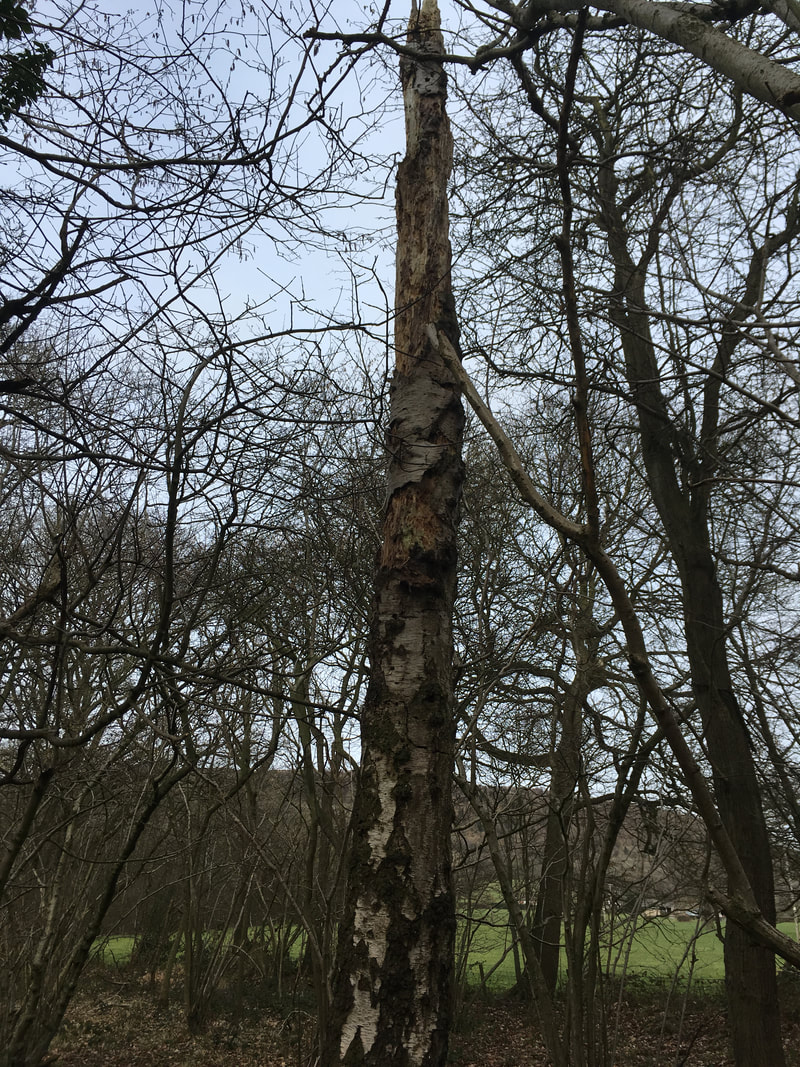
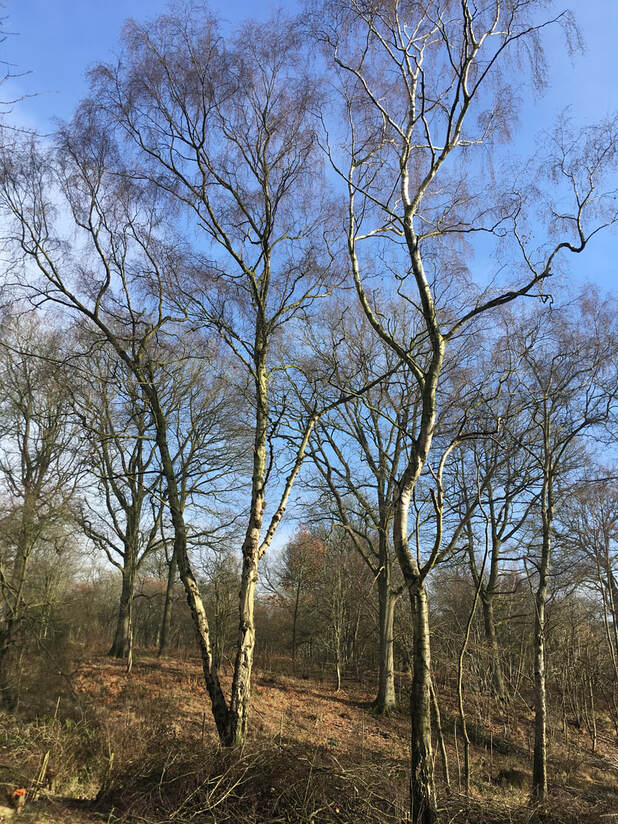
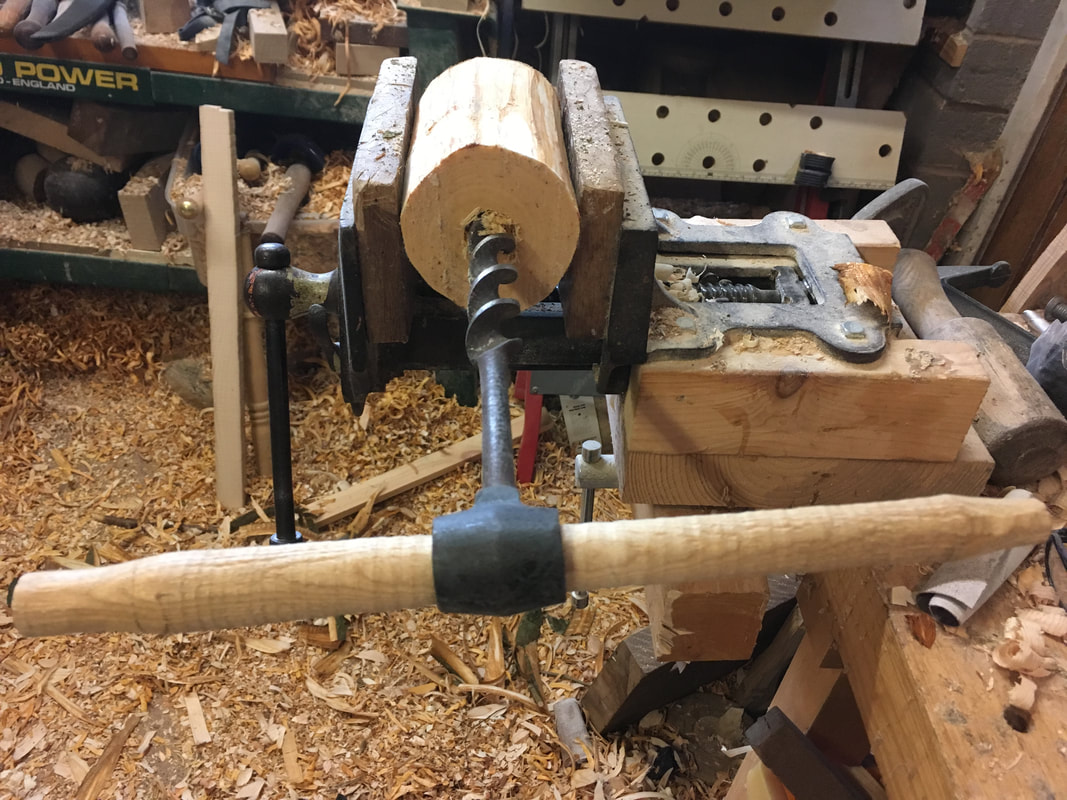
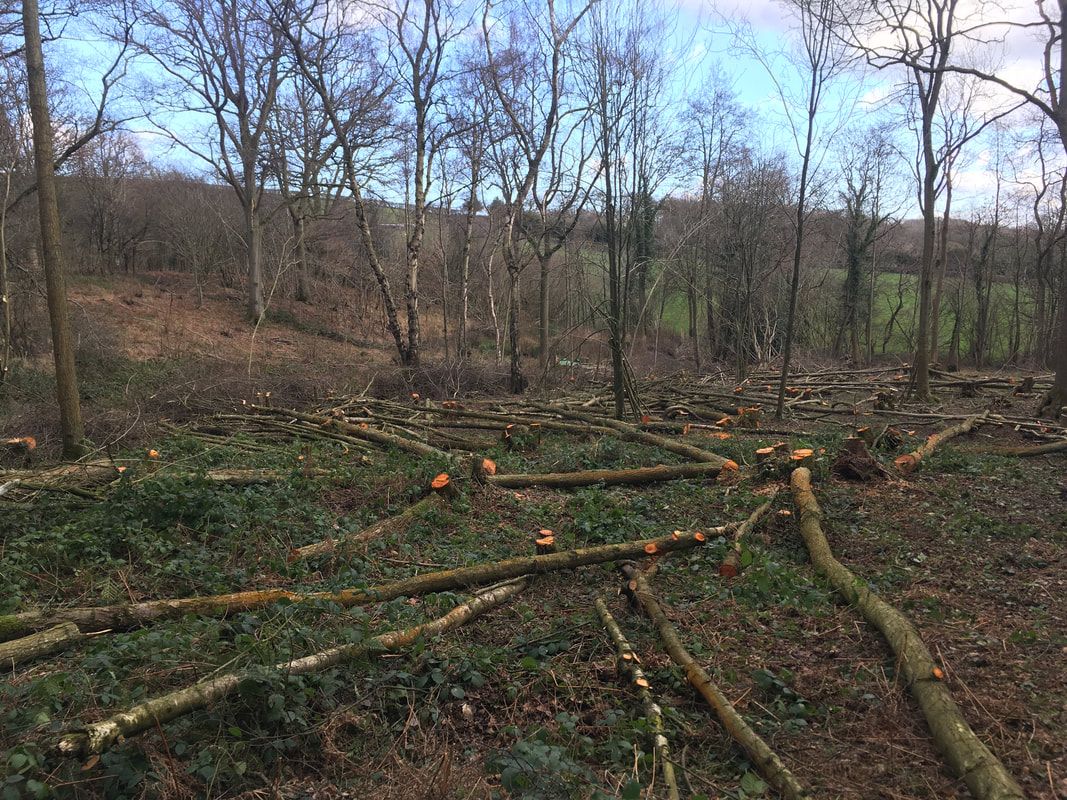
 RSS Feed
RSS Feed